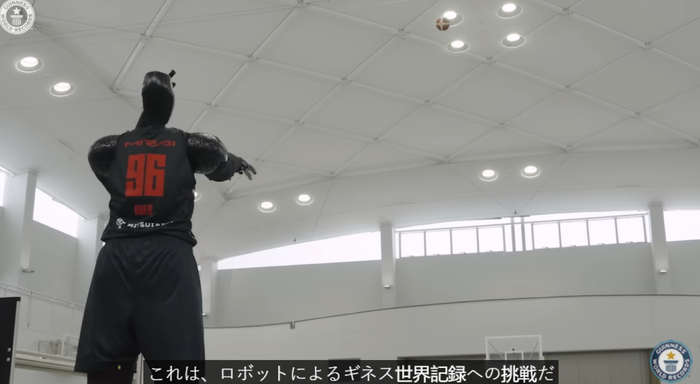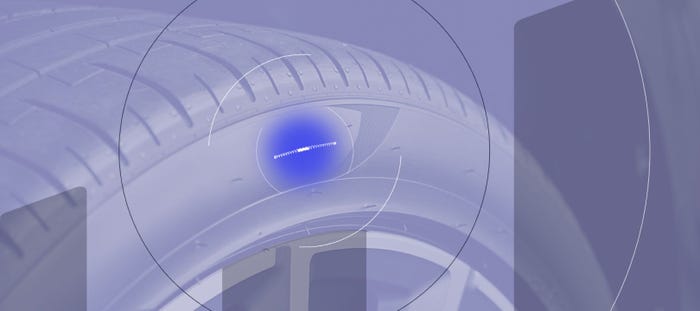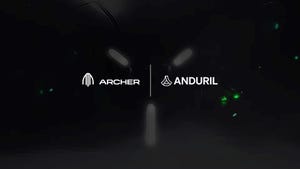Ford Hands-Off Tech Used by Driver in Fatal Crash
It’s one of two crashes the NTSB is investigating involving Ford Mustang Mach E models equipped with Blue Cruise

Federal investigators have discovered that the driver of a Ford SUV was using the company’s partially automated Blue Cruise technology prior to a fatal collision in San Antonio, Texas.
A preliminary report from the National Transportation Safety Board (NTSB) found that the Mustang Mach E had been operating the advanced driver assistance system (ADAS) tech when it collided with the rear of a stationary Honda CR-V.
The Honda had stopped in the center lane of three on the eastbound section of Interstate 10 when it was struck, causing it to overturn and come to rest in the left-hand lane.
A witness said the CR-V’s taillights and hazard lights were not illuminated. The occupant of the Honda was killed in the incident.
Blue Cruise is marketed by Ford as “Hands-Free Highway Driving” that can “help reduce stress on your driver, connect with your passengers and enjoy the scenery in front of you,” although it does stress users must “always watch the road and be prepared to resume control.”
It operates on 97% of controlled access highways across the United States and Canada, and assists with steering, braking and acceleration, facilitating maneuvers such as lane changes. A driver-facing camera is fitted to signal an alert if whoever is behind the wheel stops paying attention.
Similar to the likes of Tesla’s Autopilot, it is considered a system that delivers Level 2 automation, as defined by the Society of Automotive Engineers.
The Feb. 24 crash is one of two involving Ford Mustang Mach E models fitted with Blue Cruise that is being investigated by the NTSB.
It is also looking into a fatal incident on March 3 on Interstate 95 in Philadelphia, Pennsylvania, in which a Ford SUV collided with a stationary Hyundai Elantra that had been involved in an accident with a Toyota Prius. Two people were fatally injured.
In both investigations, the NTSB’s remit is to find the probable cause, with the intent of “issuing safety recommendations to prevent similar crashes.”
While the NTSB has the ability to make recommendations, it would fall to the National Highway Traffic Safety Administration (NHTSA) to act on these if necessary.
The NHTSA requires automakers to self-report crashes featuring cars fitted with Level 2 ADAS tech and has been probing several incidents involving Autopilot-equipped Teslas that have also collided with stationary traffic, specifically first responder vehicles.
Ford is cooperating with the authorities but has not yet issued any public comment on the NTSB report.
About the Author
You May Also Like








